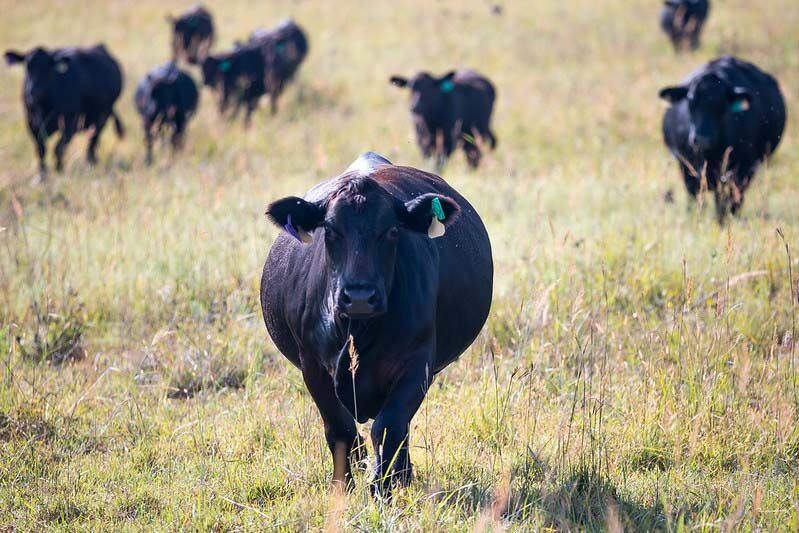Beef producers should approach 2023 with cautious optimism—matched with resolutions of good management and investment in infrastructure, says University of Missouri Extension agriculture business specialist Wesley Tucker.
Optimistically, beef continues to be in favor with U.S. consumers, and export demand remains solid, says Tucker. However, risks of persistent drought, global trade issues, high input costs and concerns of inflation and recession all have the potential to take a bite out of profits.
For the past eight years, meat production has continued a steady growth of more supply, but, thankfully, strong demand from consumers pushed prices higher. Tucker says meat supply growth will slow and actually go down, leading to even higher prices on the horizon in 2023.
This will be the fourth consecutive year of fewer beef cows in production. Missouri lost 6% of its cow numbers from January 2021 to January 2022, according to the USDA National Agricultural Statistics Service. U.S. numbers mirror declines in other countries.
Drought, high feed and input costs, and lingering supply chain issues will likely push this number even lower in 2023.
The 2022 drought put a bull’s-eye on southwestern Missouri, the state’s biggest cattle-producing region. Hay and forage supplies dwindled, pushing up prices for feed inputs.
Drought pushed already falling hay production numbers even lower. In the past 20 years, producers have devoted fewer acres to hay and more to crops. Other factors—such as supply chain slaughter capacity problems and even global issues like the Russian-Ukraine conflict and higher diesel prices—can unexpectedly affect the producer’s bottom line.
During most droughts, the price of feed goes up, but prices go back to normal when conditions improve. However, input costs—equipment, diesel, fertilizer and labor—likely won’t go down anytime soon simply because the drought goes away. “If your operation is highly dependent on these inputs, profit margins may evaporate quickly despite higher receipts,” Tucker says.
“Now is the time to get your house in order,” he says. Tucker gives these tips to combat changing markets.
• Consider herd management practices. Is early weaning an option to reduce feed needs? Practices such as pregnancy checks, sorting into groups based on nutritional need and strategic culling will reap big dividends this winter.
• Compare hay feeders. Research by former MU Extension beef specialist Justin Sexten showed nearly double the waste with open and poly feeder rings compared to sheeted rings. Modified cone rings had far less waste.
• Invest in soil tests. Soil tests help producers spend their fertilizer dollars where they will get the greatest return. Carefully evaluate whether it makes better financial sense to fertilize and invest in improved forages or buy supplemental feed.
• Good grass means green bucks. Consider who earns the most consuming your grass—cows or their calves? Keeping a few less cows and grazing their calves longer in times of high grain prices can reap nice rewards. “We’ve all heard the saying, ‘Grass sells better wrapped in calf hide than cowhide or, especially, a bale of hay,’” Tucker says. Flexible stocking rates gives producers more options in unstable markets.
• Manage cow numbers. Put wheels under poor performers. Less is more when there is less to go around. Avoid overstocking, which limits options, especially during tighter markets.
Tucker, MU Extension beef specialist Eric Bailey and MU Extension dairy specialist Stacey Hamilton discuss ways to manage cattle during uncertain times in a series of videos at mizzou.us/ForageLivestockHour.
For more information, contact Tucker at [email protected].




